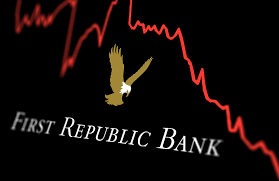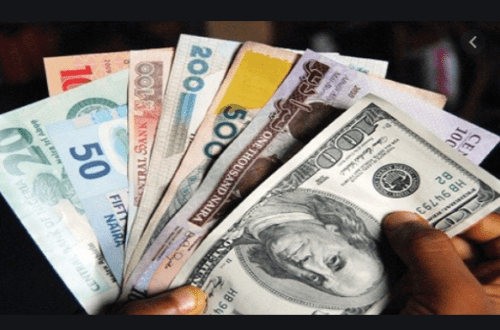
Cracks in The Armor: Unveiling The First Republic Bank Failure
Since the failure of Silicon Valley Bank (SVB) in March 2023, there has been a renewed focus about the state of the US banking system and a potential repetition of the 2008 financial crisis. First Republic Bank (FRB) has received particular attention as the US banking industry’s weakest link, primarily due to its large, concentrated exposure to Commercial Real Estate (CRE) loans.
Prior to its failure, FRB was a California-based lender that served wealthy Americans with low-rate mortgages in exchange for cash, much as SVB, which catered to technology firms. However, things changed when the Federal Reserve (the Fed), started raising the benchmark interest rate in 2022 in response to escalating inflationary pressures in the world’s largest economy. Notably, the Fed increased the key policy rate by a cumulative 425bps in 2022, with rates now at their highest level since 2008. FRB’s assets suffered losses as a result, as did customer deposits, and the bank’s reputation was damaged. To put things in proper perspectives, with the unprecedented increase in interest rates, the rise in interest rates adversely impacted First Republic Bank’s assets and customers’ deposits in two ways:
First, higher interest rates increase the cost of borrowing, which reduces the amount of credit available to customers and consequently reduces the bank’s loan portfolio. Second, higher interest rates also have a direct effect on the bank’s deposits. As customers seek higher returns on their deposits, they are more likely to move their funds to other banks or fixed income instruments, causing the bank to lose deposits.
Thus the bank was shut down by the Federal Deposit Insurance Corporation (FDIC), and its assets and deposits were bought by JP Morgan. Due to this, it is now the second-largest bank to fail in the history of the US banking system, with Washington Mutual Bank being the largest bank failure in the country’s history. Notwithstanding, it should be noted that the three regional banks that failed all had similar business model that struggled to adjust to shifting macroeconomic factors and rising interest rates.
However, First Republic’s problems were largely related to its lending portfolio, whereas the SVB’s difficulty was its stock of long-term debt securities with extraordinarily low rates. That said, FRB’s strategy of offering affordable mortgages to wealthy consumers went awry in 2022 when interest rates rose quickly, depreciating the value of the mortgages stored in the bank’s balance sheets. The bank’s customer deposits decreased by 57.8% quarter over quarter, falling to $74.5 billion as of Q1 2023 from $176.4 billion in Q4 2022, resulting to Customers moving their money to fixed-income products with competitive rates. Since the failures of Silicon Valley Bank (SVB) and Signature Bank, First Republic Bank (FRB) becomes the third bank to be closed by regulators so far this year.
To support the banking system liquidity, the Fed introduced an extraordinary measure called Bank Term Funding Program (BTFP). The Bank Term Funding Program (BTFP) is a new Federal Reserve initiative established in March 2023 to provide additional funding to eligible depository institutions and to provide liquidity to banks whose access to short-term funding had been impaired by the crisis. It is expected to wind down after one year. Nonetheless, the BTFP has shown to be ineffective in calming investors’ concerns and the banking system’s instability, because of the impatience of many depositors and investors. Besides, banks are careful to take advantage of this program, because if a bank obtains a loan from the Fed, they are clearly projecting their liquidity problems to investors.
The foregoing emphasizes the necessity for banking system stakeholders (managers, boards, and regulators) to come up with more adaptable and quick approaches to identify risks that could emerge abruptly from changes in the trading environment. To protect the vulnerable market, the Fed would likely delay the rate of its rate increases, as a result. Consequently, based on its language tone at the recently concluded May policy, we suspect the US Fed will halt further interest rate increases over the rest of the year, as the risks to financial system stability increases, despite resilient labour market conditions.





One Comment
Chigbo
Nice and very insightful.